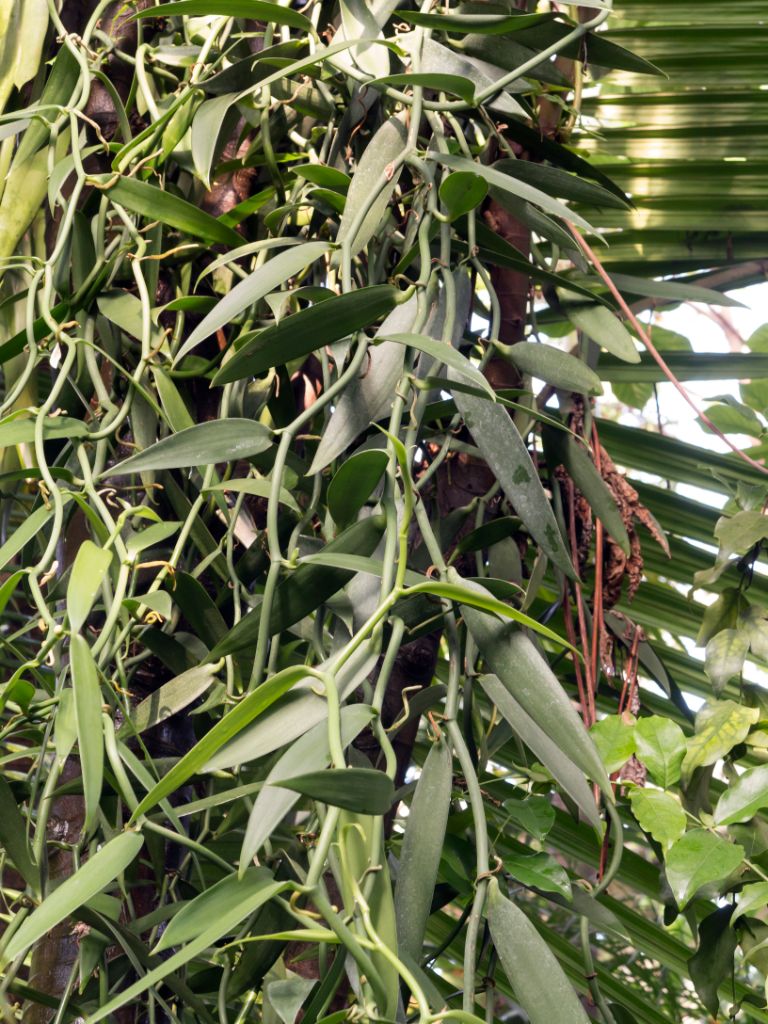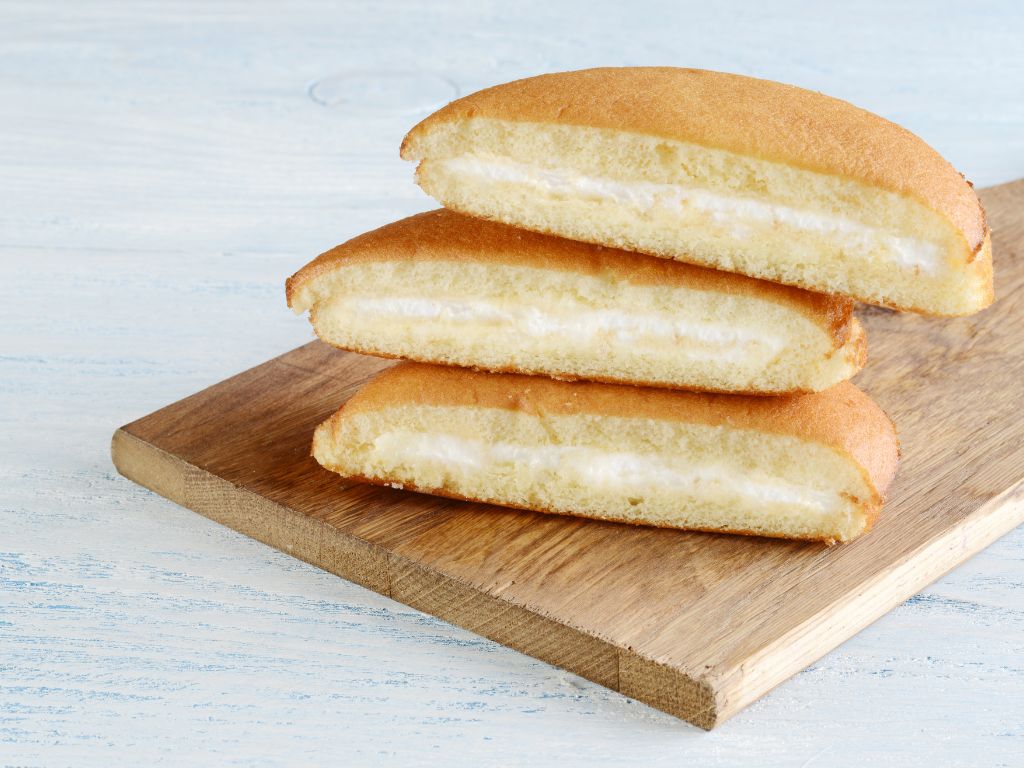The History of Vanilla Sponge

Vanilla sponge is a classic dessert enjoyed worldwide. This soft and fluffy cake with its distinctive vanilla flavor is most commonly used as a base for various cakes, ice creams, and other sweet treats. But what is the history behind this delicious dessert?
The history of vanilla sponge can be traced back to the early years of culinary art. Vanilla, as a spice, originates from the Vanilla planifolia orchid, native to Mexico and Central America. Indigenous people were already familiar with vanilla and used it to sweeten drinks and dishes.
When the Spanish conquistador Hernán Cortés arrived in Mexico in the 16th century, he discovered the vanilla orchid and brought it to Europe along with other treasures. Initially, vanilla didn’t find much use in Europe, as it was primarily used for beverages rather than desserts.
However, in the 19th century, vanilla sponge began to gain popularity. With advancements in flour and sugar production technology, sponge cakes became more accessible to the general public. Adding vanilla to recipes gave the sponges a more pronounced flavor and aroma.
During the 19th century, methods for improving the texture of sponge cakes also developed. The introduction of baking powder into recipes allowed sponges to rise and become fluffier. This advancement in culinary techniques made vanilla sponge even more popular.
In the 20th century, with the growing food industry and mass production, vanilla sponge became widely available and easily accessible to everyone. Different regions and cultures developed their variations of vanilla sponge, including various types of creams, glazes, and toppings.
Today, vanilla sponge is one of the most popular sweet treats globally. It is used to create countless types of cakes, cupcakes, and other desserts. Everyone can savor its exquisite taste and texture, which has evolved and perfected over the centuries.
In conclusion, the history of vanilla sponge is a story of the cross-cultural exchange and technological progress. This dessert, which began as a modest delicacy with a vanilla aroma, has now become a symbol of sweet delight and elegance on a global scale.



